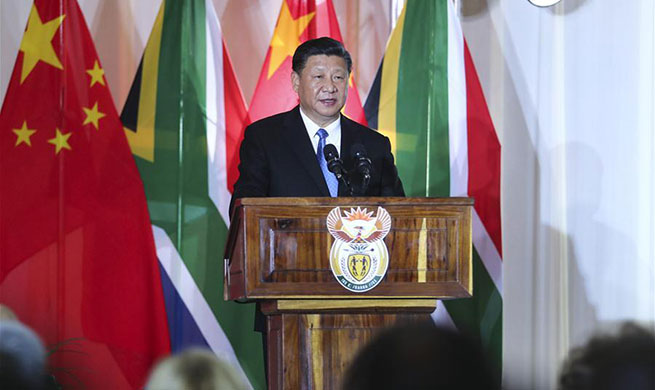FUZHOU, July 26 (Xinhua) -- A court in southeast China's Fujian Province Thursday opened a court session hearing a case filed by Chinese villagers demanding the return of a lost Buddha statue from a Dutch collector.
The statue contains the mummified body of a Song Dynasty (960-1279) Buddhist monk. It was worshipped inside the village temple of Yangchun, Datian County, for over 1,000 years before it was stolen in 1995.
The three-hour session at the Intermediate People's Court of Sanming city included presentation of evidence and cross-examination from both parties, as well as court investigation.
Key issues discussed included whether the statue stolen from the temple was the same as the one held by Dutch collector Oscar van Overeem.
The villagers have been looking for the Buddha statue since it went missing.
When a statue was exhibited in Hungary in March 2015, the villagers said they recognized it as their lost statue, and later went through official and private channels to negotiate with the Dutch collector its return.
The Dutch collector claimed he collected the 11th-century relic in 1996. He initially agreed to return it, but when negotiations failed, the villagers filed a lawsuit against him in both China and the Netherlands.
The Intermediate People's Court of Sanming registered the case in 2015. Thursday's session was the first hearing of the case in China. The next court session will be announced at a later date.
Van Overeem's agents asked for a two-month extension to gather more evidence.
A Dutch court registered the villagers' lawsuit in June 2016, and the first Amsterdam court public hearing was held in July 2017.
The statue is of Zhanggong Zushi, a local man who became a monk in his 20s and won fame for helping treat disease and spreading Buddhist beliefs.
When he died at the age of 37, his body was mummified as he wished and placed inside the statue. The statue had been worshipped in the village temple ever since.

















